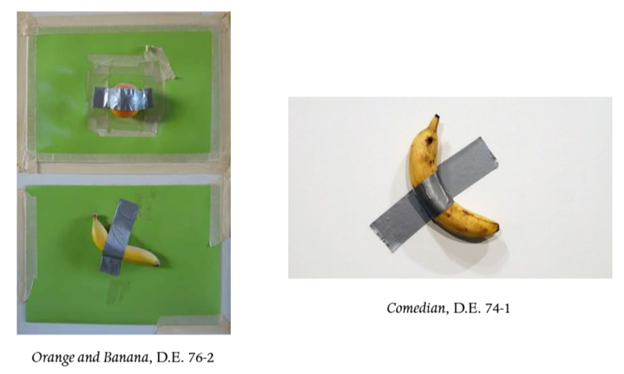The US Court of Appeals for the Ninth Circuit affirmed a district court’s dismissal of a copyright action, finding that the plaintiff failed to plausibly allege either that the defendant had “access” to the work in question merely because it was posted on social media, or that the accused photos were substantially similar to any protectable elements of plaintiff’s photographs. Rodney Woodland v. Montero Lamar Hill, aka Lil Nas X, et al., Case No. 23-55418 (9th Cir. May 16, 2025) (Lee, Gould, Bennett, JJ.)
The dispute arose between Rodney Woodland, a freelance model and artist, and Montero Lamar Hill, also known as Lil Nas X, a well-known musical artist. Woodland alleged that Hill infringed on his copyright by posting photographs to his Instagram account that bore a striking resemblance to images Woodland had previously posted. Woodland claimed that the arrangement, styling, and overall visual composition of Hill’s photos closely mirrored his own, asserting that these similarities constituted unlawful copying of his original work.
Woodland’s original images had been publicly shared on his Instagram account, where he maintained a modest following. He did not allege any direct contact or interaction with Hill or his representatives, nor did he claim that Hill had acknowledged or referenced his work. Instead, Woodland’s claim rested on the contention that the similarities between the two sets of photographs were so substantial that copying could be inferred. In his complaint, Woodland asserted that Hill had access to his publicly posted images and that the degree of similarity supported a finding of unlawful copying. The district court dismissed the complaint, holding that Woodland failed to plausibly allege either access or substantial similarity. Woodland appealed.
The Ninth Circuit affirmed, agreeing with the district court that Woodland failed to satisfy the pleading standard necessary to survive a motion to dismiss. The Ninth Circuit explained that to state a viable claim for copyright infringement, a plaintiff must alleged both the fact of copying and the unlawful appropriation of protected expression. The Court found that Woodland failed to establish either element.
The Ninth Circuit considered two principal legal issues:
- Whether Woodland sufficiently alleged that Hill had access to Woodland’s copyrighted works
- Whether the photographs posted by Hill were substantially similar to Woodland’s photographs in their protectable elements under copyright law
On the issue of access, the Ninth Circuit found that the merely alleging availability of Woodland’s photos on Instagram did not, by itself, plausibly demonstrate that Hill had seen them. The Court noted that in the era of online platforms, “the concept of ‘access’ is increasingly diluted.” And while that might make it easier for plaintiffs to show “access,” there must be a showing that the defendants had a reasonable chance of seeing that work under the platform’s policies. The mere fact that Hill used Instagram and Woodland’s photos were available on the same platform raised only a “bare possibility” that Hill viewed the photos. Woodland had not plausibly alleged that Hill “followed, liked, or otherwise interacted” with Woodland’s posts [...]
Continue Reading
read more

 Subscribe
Subscribe




